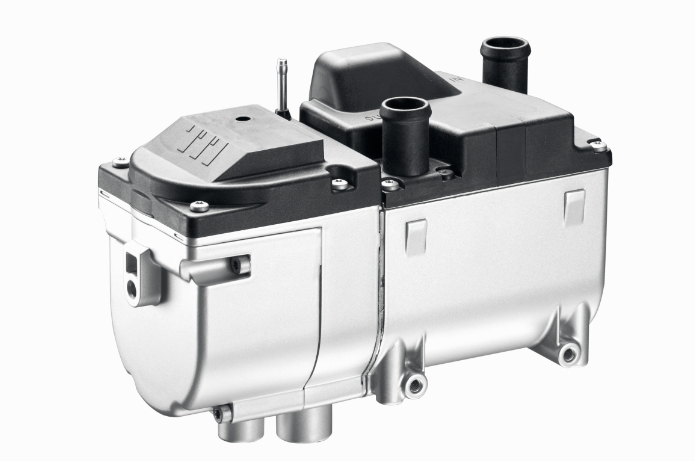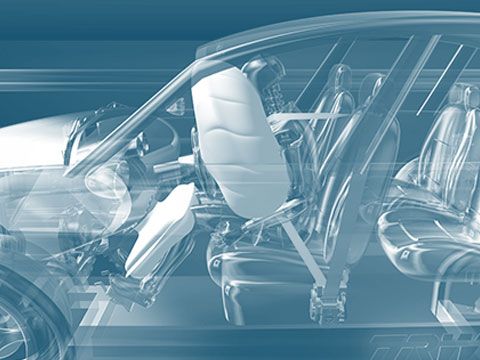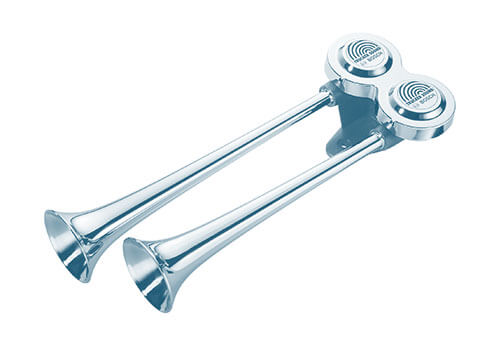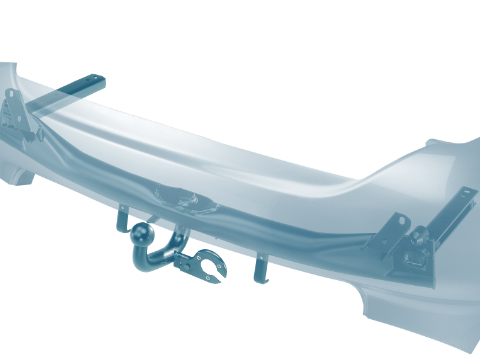Auxiliary heater
Vehicles are generally heated by waste heat from the internal combustion engine. Auxiliary heaters provide supplementary heating for the passenger compartment of cars without having to rely on the heat given off by the engine.
Function
Operating principle of water-based auxiliary heaters
 A combustion air fan blows oxygen into the combustion chamber. Some of this air is routed into a secondary chamber. This chamber is pre-heated by a glow element. Fuel is pumped in once a certain temperature has been reached in the chamber. The fuel/air mixture is ignited by way of the glow element. The resultant flame enters the combustion chamber. Once the flame has stabilised, the glow element is switched off. The heat generated is transferred to the coolant in the heat exchanger. An electric circulation pump keeps the coolant circulating while ever the water-based auxiliary heater is in operation: The heated coolant is then conveyed to the heat exchanger of the vehicle heater. The heat is routed into the passenger compartment by way of the vehicle fan. Once the temperature of the coolant has risen to approx. 70°C, the control unit switches to part-load operation to save energy.
A combustion air fan blows oxygen into the combustion chamber. Some of this air is routed into a secondary chamber. This chamber is pre-heated by a glow element. Fuel is pumped in once a certain temperature has been reached in the chamber. The fuel/air mixture is ignited by way of the glow element. The resultant flame enters the combustion chamber. Once the flame has stabilised, the glow element is switched off. The heat generated is transferred to the coolant in the heat exchanger. An electric circulation pump keeps the coolant circulating while ever the water-based auxiliary heater is in operation: The heated coolant is then conveyed to the heat exchanger of the vehicle heater. The heat is routed into the passenger compartment by way of the vehicle fan. Once the temperature of the coolant has risen to approx. 70°C, the control unit switches to part-load operation to save energy.
Operating principle of air-based auxiliary heaters
Air-based auxiliary heaters are usually installed in trucks and motorhomes. In most cases they are fitted in the cab. They draw in the cab air through a blower and heat it.
Control
Auxiliary heaters can be activated by way of a timer or by remote control. Both a remote control unit and a smartphone can be used for this purpose.
Safety
Particularly in winter, auxiliary heaters make sure car windows are defrosted ready for driving and do not mist up. A clear view of the road is thus guaranteed. Auxiliary heaters also satisfy a variety of safety requirements, so that the vehicle is always safe to drive.
Value retention
Cold starting has roughly the same effect on a car engine as driving 70 kilometres on a motorway. A modern water-based auxiliary heater does not just warm the passenger compartment, in many vehicles it also heats the engine cooling circuit. This eliminates the highly wear-inducing cold starting phase and thus contributes towards value retention.
Protection of the environment
Modern water-based auxiliary heaters do not just warm the passenger compartment, in many vehicles they also heat the engine cooling circuit. A pre-heated engine requires appreciably less fuel on starting, as there is then no cold starting or warm-up phase. Warm starting reduces pollutant emissions by around 60%. Less pollution is thus one of the arguments in favour of using an auxiliary heater. With their constant flame, modern water-based auxiliary heaters also help to achieve almost ideal combustion with very low exhaust gas values.






